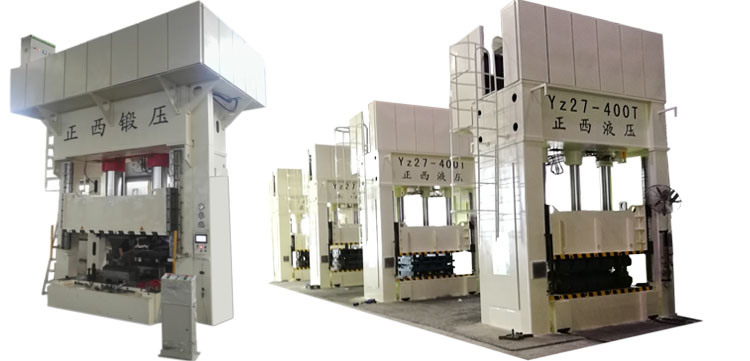
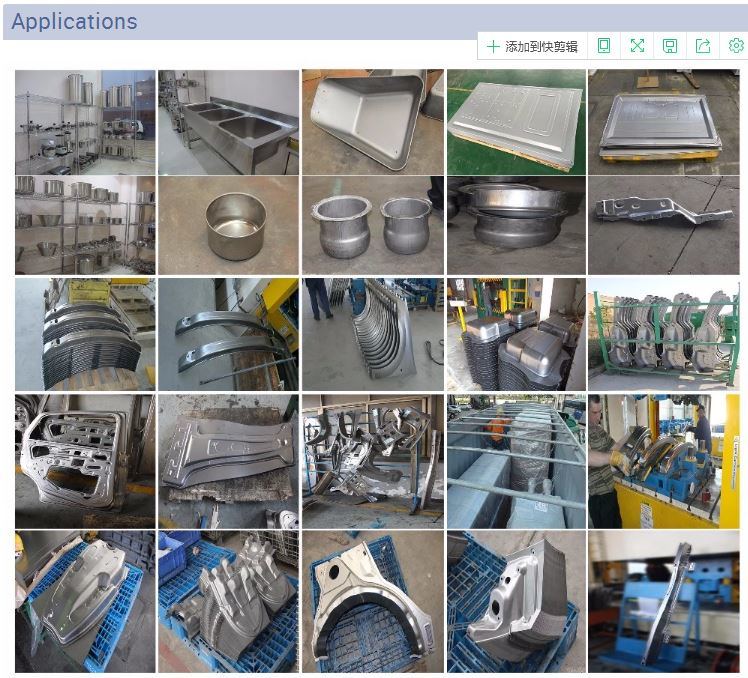
Creating a stainless steel product from scratch involves a complex process that combines engineering, technology, and precision. While many people use stainless steel products daily, few understand the detailed steps behind their creation. The manufacturing of stainless steel is an intricate journey that showcases how far material science has advanced since the Industrial Revolution. Here are the six key stages in the production of a stainless steel product:
1) Material Handling
Uncoiler – This machine is used at the beginning of the production line to hold and unroll steel strips safely. It controls the speed and direction of the metal as it moves through the process, preparing it for further processing such as slitting or entering a tube mill.
2) Forming
Deep Drawing Press – In this stage, semi-finished steel shapes undergo forming operations. Stainless steel is often hot rolled, then shaped into bars, sheets, or plates. Bars are particularly versatile due to their availability in various grades and sizes, making them suitable for multiple applications such as round, square, octagonal, or hexagonal forms.
3) Heat Treatment
Annealing Furnaces – During heat treatment, stainless steel is heated and cooled in a controlled environment to relieve internal stress and improve its workability. Precise control over temperature, pressure, and cooling rate is essential to ensure the quality of the final product.
4) Descaling
Pickling – After annealing, scale may form on the surface of the steel. This is removed through descaling processes like pickling, which ensures a clean and uniform surface before further processing.
5) Cutting and Punching
Once the steel is heat-treated and descaled, it is cut into specific shapes using mechanical methods such as guillotine knives, blanking, or high-speed blades. Holes and other features are also created during this stage.
6) Finishing and Polishing
Polishing Machine – The final step involves finishing and polishing the stainless steel to achieve a smooth, aesthetically pleasing appearance. This is especially important in sanitary applications where cleanliness and ease of maintenance are critical.
Hydraulic Press 4 Column Hydraulic Sheet Metal Deep Drawing
Features
1. A hydraulic machine that uses hydrostatic pressure to process materials such as metal, plastic, rubber, wood, and powder.
2. Widely used in pressing, stamping, cold extrusion, straightening, bending, flanging, sheet metal deep drawing, powder metallurgy, and press-fit processes.
3. Offers significant technical and economic advantages, including reduced weight, fewer parts and molds, improved stiffness and strength, and lower production costs.
SPECS of Yz33
| Model | Unit | Yz33-25T | Yz33-50T | Yz33-63T | Yz33-100T | Yz33-160T | Yz33-250T | |
| Clamping Force | KN | 250 | 500 | 630 | 1000 | 1600 | 2500 | |
| Working Layer | Qty | 2~4 | 2~4 | 2~4 | 2~4 | 2~4 | 2~4 | |
| Piston Stroke | mm | 180 | 250 | 250 | 250/250 | 250/250 | 500 | |
| Heating Platen Daylight | mm | 90 | 125 | 125 | 125 | 125 | 125 | |
| Heating Platen Size | Left-right | mm | 350 | 400 | 500 | 600 | 750 | 900 |
| Front-back | mm | 350 | 400 | 500 | 600 | 850 | 900 | |
| Heating Plate Power | KW | 1.5 | 2.2 | 3 | 7.5 | 11 | 15 | |
| Motor Power | KW | 7.2 | 9 | 10.8 | 33.75 | 45 | 45 | |
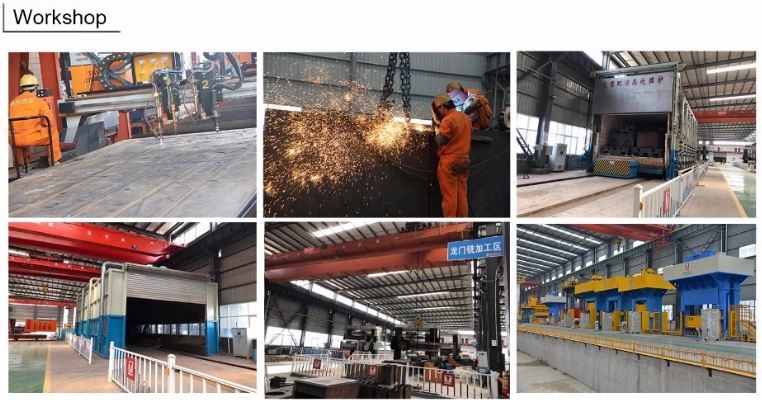
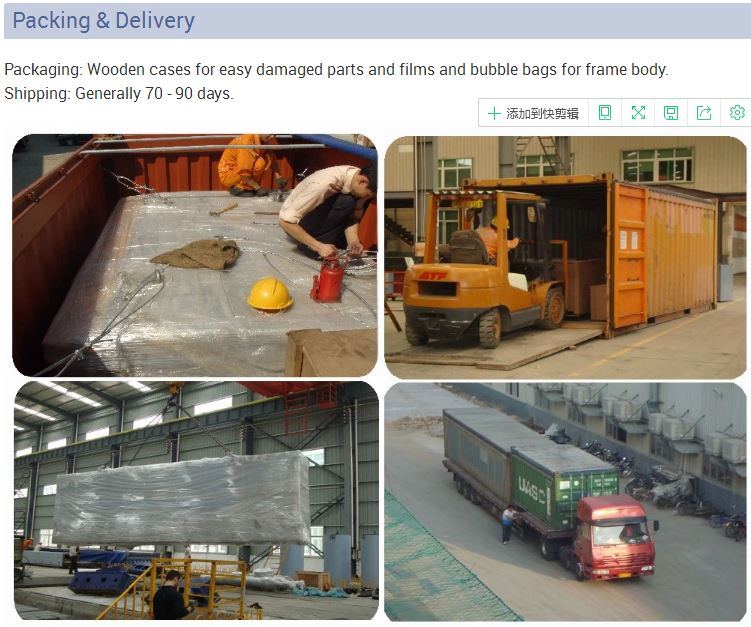

Certificate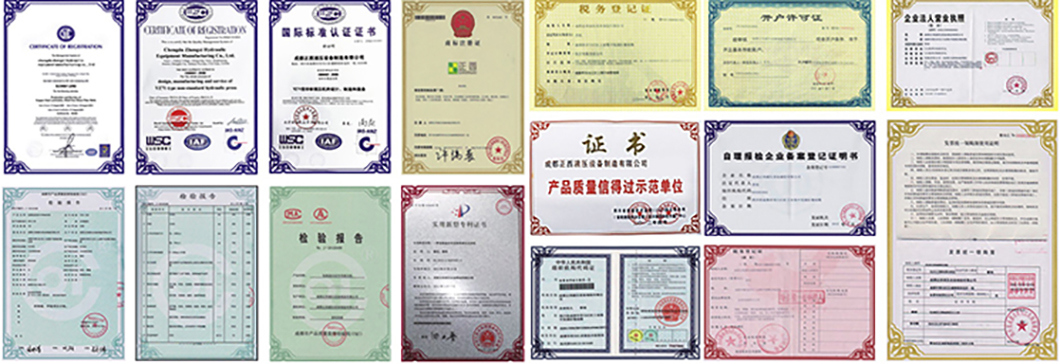
Fiberglass Screen Mesh,Fiberglass Window Screen Roll,Window Screening Fiberglass,Fiberglass Yarn For Window Screen
HEBEI CONQUER HARDWARE WIRE MESH CO.,LTD , https://www.anjiahardware.com